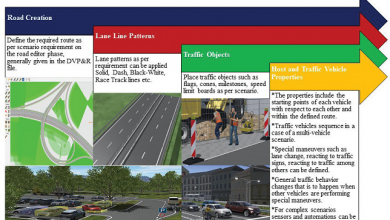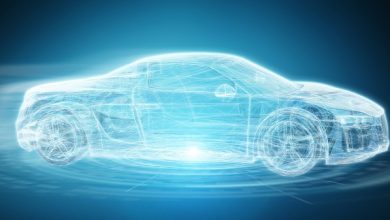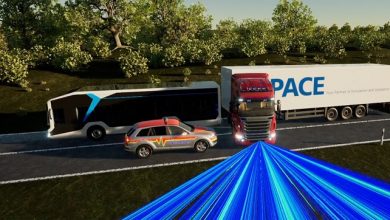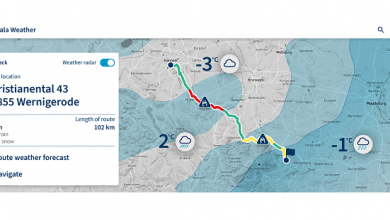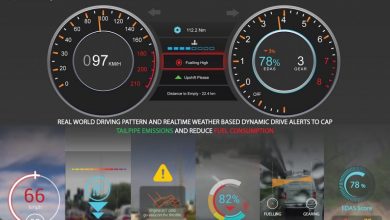ADAS: Next generation of driver and vehicle moves in tandem

Automotive purpose has evolved from being just a medium of transportation and commute to being an environment of digital experience and advanced technologies. From being just a mechanical and electronic machine to being a complete digital experience and interface for its owner or driver. From the early days of building automotive one of the key focus areas has been safety for the driver, passengers, and commuters on the road. Automotive technology has evolved from human controlled and manual driven options to computer controlled autonomous vehicles or autonomous driving. OEMs and vehicle brands continue to focus to make driving safer using intelligent technologies in the vehicle such as sensors, actuators, machine learning, internet of things, real time connectivity, 5G, ADAS and so on.
Let us understand the role of ADAS (Advanced Driver Assistance Systems) by first looking at the need for safe driving. Ever year more people are killed in road accidents compared to other crimes such as war, terrorism, civil unrest, etc. As per transport research wings of the ministry of road transport and highways in the year of 2019 approximately 151,000+ people were killed in 480,000+ road accidents across India. This is an alarming rate of one accident every five minute in India.
“Traditionally, for any accident or crash, the major causes could be ‘driver/human’, ‘road infrastructure’ or ‘vehicle-related factors’. Sometimes, there might be combinations of these factors which might lead to accidents. Among these major factors, ‘driver/human’ related factors or errors dominate,” said Nagendra R Velaga, associate professor, department of civil engineering, Indian Institute of Technology (IIT), Bombay in an interview to Hindustan Times.
So most road accidents occur due to human error then how can ADAS help? ADAS is defined as a system composed of electronics and mechanical technologies that assist the driver in functions such as parking, lane control, speed management, etc. A safe and seamless machine-to-human interface can support and enhance both vehicle and road safety. In order to avoid collision or accidents ADAS system can implement alerts for various conditions such as over speeding, lane departure, route diversions, tale-gate, obstacles on the road, cruise controls, traffic warnings, poor lighting, sleepy drivers, distractions, etc. Vehicle manufacturers and supply chain ecosystem for the parts and components of the vehicle adopt camera, computer vision, radar, LIDAR, ultrasound, sensor fusion and other connected technology to support such alerts.
One such ADAS solution is using a dashcam device with artificial intelligence and image analytics to monitor driver behaviour and safe driving practices. Such a solution is typically used by B2B fleet operators to monitor their drivers and safety of the vehicle, which are expensive and critical assets, for smooth and efficient business operations. Typically, requirements from logistics companies, fleet management businesses and transportation industry are to monitor real time efficiency and behaviour of commercial truck drivers; assist in maintaining safe driving distance and avoid tailgate; monitor and capture imagery before and after the accident; OR improve compliance to road safety and traffic guidelines.
For example, Napino (https://www.napino.com/), one of the largest electronics designs and manufacturing player in India, partnered with VVDN Technologies to manufacture an ADAS dashcam for Netradyne. Products consist of four cameras to monitor the driver (rear), the vehicle in the front (front), and two cameras each on the left and the right for side view capture. To generate real-time alert, the device consists of high-performance processor and GPU on the PCB to support deep learning models in conjunction with long range connectivity to upload the information to the cloud. Device also supports Wi-Fi and Bluetooth connectivity for short range communications with mobile phone application. Using multiple sensors which are embedded on the device PCB such as accelerometer, gyroscope, magneto, GPS with GLONASS, audio buzzers and option to integrate with the vehicle telemetry data.
While dashcam comes in multiple options with one or max two cameras and limited processing power to make it affordable for usage in different vehicle types they all come with basic internet connectivity via cellular network to upload the captured data to a remote server or cloud for processing and analytics. Business benefits observed by the customers using ADAS solutions are many with few listed here. Engaging drivers with timely and relevant information reduces the need for management intervention, monitor driver performance and behaviour in near real time giving the fleet manager tools to optimize the fleet performance, capture distracted driving incidents, and analyse the same to reduce violations, speeding and safe distance alerts reduce probability of accident, and so on.
With adoption of ADAS and other technology solutions inside the vehicle to increase vehicle-to-driver communication and driver-to-vehicle feedback we can observe that gradually the driver and vehicle understand each other better and move in tandem like how first-time sky diving diver fly in tandem with an expert without much help.
Author:

Vinay Solanki, GM & Head – Digital Solutions, Napino
Published in Telematics Wire

